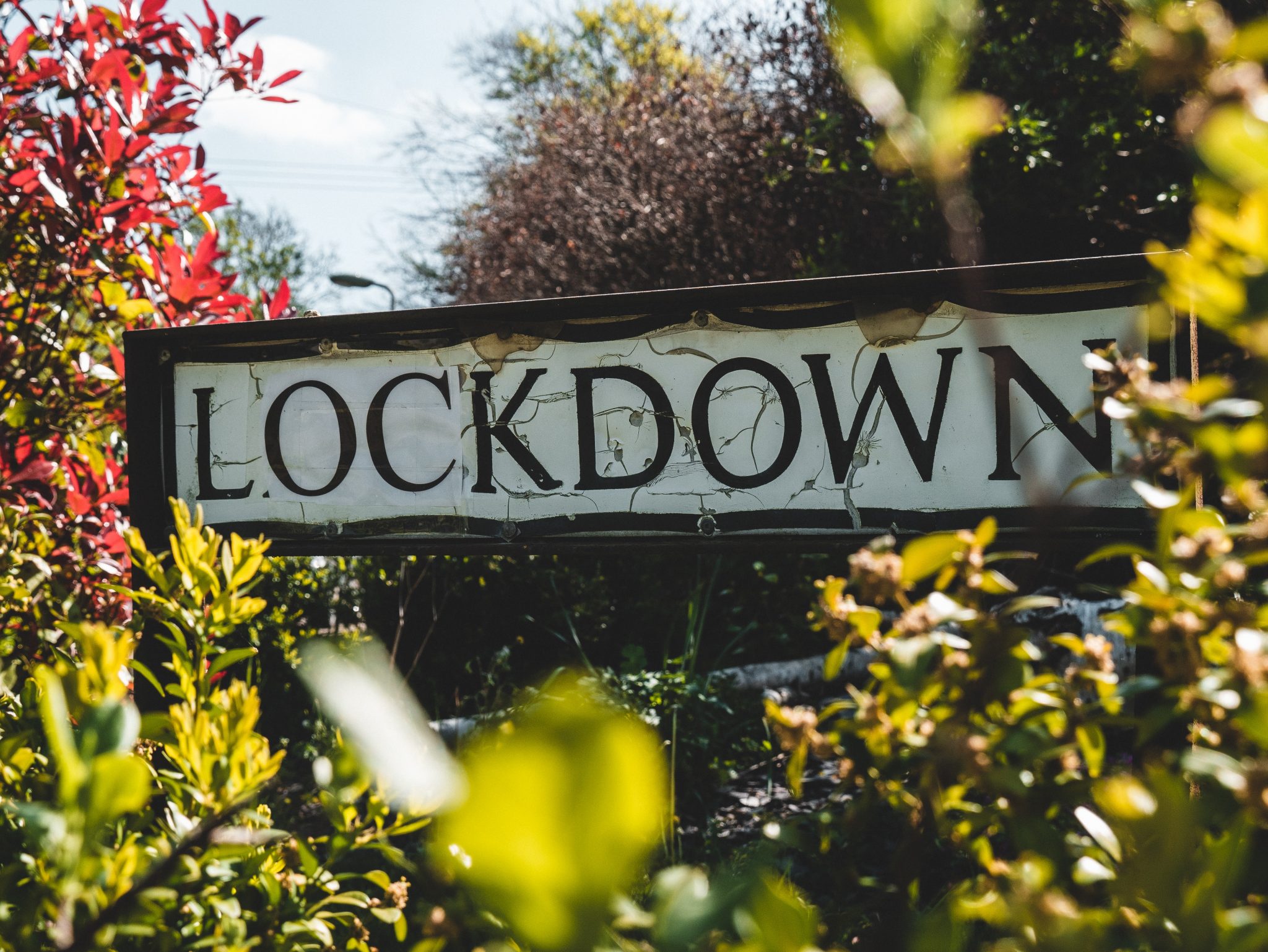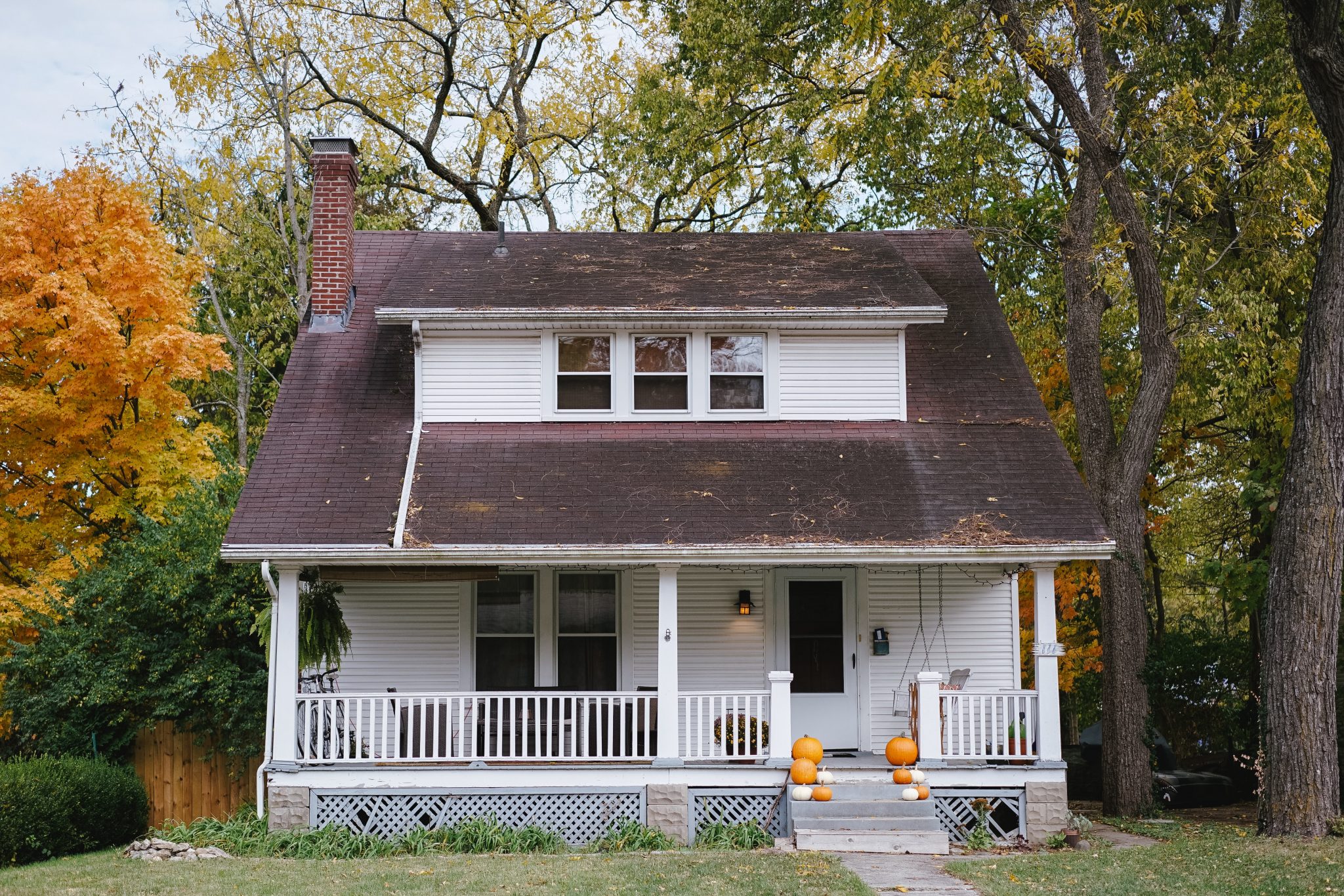The Coronavirus pandemic (COVID-19) has had a momentous impact on the United States and the world.
The economic turmoil resulting from the pandemic will be felt for years to come by future generations.

The pandemic saw the closure of businesses and stores for several weeks resulting in hardship and severe unemployment. The peak unemployment rate was 14.7% in April and has fallen to 6.9% in October according to the Congressional Research Service. As a result of the pandemic along with government & Fed stimulation, borrowing costs have dropped significantly.
Borrowing costs were impacted for all types of debt such as the low mortgage rates in the US for the purchase of a home, lower fed funds rate and prime rate for other forms of debt such as credit cards, student loans, and auto loans.

COVID-19 has had a major impact on the housing market and mortgage rates. One of the biggest determinants and expenses of purchasing a home is the interest you will pay on your mortgage. As a result of the pandemic housing mortgage rates have come to an all-time low since the global financial crisis of 2008.
Mortgage rates are currently sitting at 2.25% for a 30-year fixed mortgage! What this means is that on a home purchase of $300,000 with 20% down, the monthly mortgage payment is only $915. If the mortgage rate was 4.25% which was the average of 2019, the monthly mortgage payment would be $1,180, or $265 more per month! The low mortgage rate environment creates the perfect opportunity for buyers to enter the market at a low rate.
At the start of the pandemic due to lockdowns, the seller’s market that had existed for years had finally come to a halt. It resulted in a situation where there were excess sellers and fewer buyers. This buyer’s market was fueled by the pandemic closures and safety protocols reducing home sales.

As the mortgage rates dropped and the lockdowns were opened, there was a sudden surge in home sales and purchases. Therefore, currently, the housing market is in a precarious situation with rock bottom mortgage rates, fewer sellers, excess buyers, and a host of uncertainty.
One of the major determinants of the interest rate and borrowing environment is the FED Funds Rate which also helps determine the Prime Rate. The Fed initiated two emergency rate cuts in April slashing the fed funds rate to 0-0.25% in order to stimulate the economy. As a result of the fed funds rate being slashed, the prime rate soon followed.
The prime rate or prime lending rate is the rate at which commercial banks charge their best customers (least likely to default). The prime rate is usually 3% or 300bps above the fed funds rate, hence, the current prime rate is 3.25%! The prime rate is used as a benchmark on a variety of other household debt such as the home equity lines of credit (HELOC), credit cards, student loans, and auto loans.

Adjustable-rate mortgages (ARM) and HELOC are directly linked to the prime rate, as the interest rate charged on these mortgages is divided into a benchmark index plus a spread. Therefore, as the prime rates declined the monthly mortgage payments on the ARM or repayments on the HELOC also decreased. Credit card debt that has a variable rate works in a similar fashion such that the spread stays constant, but the benchmark rate keeps changing. The credit card spread is on average 10% higher than the prime rate.
The average credit card interest rate for December 2020 is 14.58% of which the prime rate is 3.25% and the spread is 11.33%. The spread is higher than 10% because of the higher probability of default resulting from the risk and uncertainty in the economic environment. Average auto loans that are linked to the prime rate have also declined, the average auto loan rate for a new car is 5.27%. Student loans taken out this year can also benefit from the lower interest rate environment.

So now that the borrowing cost environment has been discussed, it is important to see the impact on US debt. According to the Washington Post, household debt has gone down for the first time in 6 years! This is essential for the housing market as the key requirements for most mortgage programs are the Debt-to-Income ratio and the Loan-to-Value ratio. The decline has been led by the reduction in the use of credit cards by $76 billion as the lockdowns were initiated. At the same time, mortgage borrowing has risen by $63 billion, almost all the borrowing was initiated by individuals with a credit score of 760 and higher as they benefited from the lower mortgage rates.
In conclusion, the pandemic has had a major impact on all aspects of life, from work to home life decisions. One of the biggest impacts was on borrowing costs for households. Mortgage rates are at an all-time low, and are predicted to drop further in 2021, the fed funds rate is at 0-0.25%, and the prime rate is at 3.25%.
These benchmark indices being lower has a waterfall effect on other debt that are linked to these indices. Although borrowing costs are lower, unemployment and lower salaries have reduced the ability to take advantage of cheaper debt. Vaccine approval and distribution have already begun and the change in the market environment for 2021 is yet to be seen!






